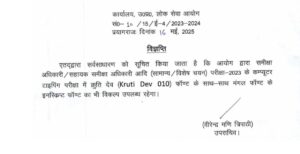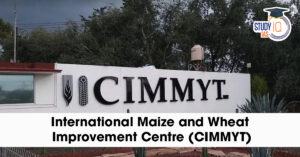Table of Contents
Context: The Union Budget for 2023-24 announced an initiative for mangrove plantation along the coastline and on saltpan lands, under MISHTI (Mangrove Initiative for Shoreline Habitats & Tangible Incomes).
About the MISHTI (Mangrove Initiative for Shoreline Habitats & Tangible Incomes) Scheme
- MISHTI is a new programme that will facilitate mangrove plantations along India’s coastline and on saltpan lands.
- Objectives of the scheme:
- The scheme is aimed at improving the management and preservation of mangrove habitats along coastlines.
- It also seeks to provide tangible income to the local communities that depend on these habitats for their livelihoods.
- Implementation: MISHTI will be implemented through convergence between the MGNREGS (Mahatma Gandhi National Rural Employment Guarantee Scheme), CAMPA (Compensatory Afforestation Fund Management and Planning Authority) Fund and other sources.
- Significance:
- Conservation of mangroves: By promoting the sustainable use and management of mangrove habitats, the MISHTI initiative seeks to ensure the long-term health of these ecosystems.
- Livelihood for coastal communities: Additionally, by providing tangible income to these communities, the initiative can help support their livelihoods and improve their standard of living.
- India’s NDCs: MISHTI is in line with India’s Nationally Determined Contributions of creating an additional carbon sink of 2.5-3 billion tonnes of carbon dioxide (CO2) equivalent by 2030.
- Concerns associated:
- The survival rate of mangrove seed plantation is 50% and of saplings is about 60% and it takes three years for a new plant to stabilize.
- A contract-based one-time plantation under MGNREGS and CAMPA may not work unless the local communities take ownership of the forests.
About Mangroves

- Mangroves are salt-tolerant plant communities found in tropical and subtropical intertidal regions.
- Blue carbon: Mangroves are considered blue carbon ecosystems. Blue carbon refers to the carbon stored in coastal and marine ecosystems, such as mangroves, seagrasses, and salt marshes.
- Formation: Mangrove forests are formed when there is intertidal flow and where adequate sediments are available for the trees to set down roots.
- Mangrove tree species: The tree species that form a mangrove forest or ecosystem are broadly classified as true mangroves and mangroves associates.
- True mangroves are the ones which display morphological adaptations for a high saline mangrove ecosystem such as pneumatophores, vivipary or crypto vivipary germination and salt-secreting cells.
- Mangrove associates are plant species that grow in close proximity to mangroves but are not necessarily adapted to life in saltwater environments.
- Ecosystem services provided by mangroves:

India’s Mangrove Cover
- India has about 4,992 sq km of mangroves, according to the Indian State of Forest Report (IFSR) 2021.
- The IFSR report also points out that India has about 3% of the total mangrove cover in South Asia, and the country’s mangrove cover has increased by 54 square km (1.10%) as compared to the previous 2019 assessment.
- Mangroves in India are distributed across nine States and three Union Territories with West Bengal having the highest mangrove cover of 2,114 sq km.
- Threats to mangroves:
- Destruction of coastal development projects
- Over-exploitation of resources, including mangrove timber and non-timber forest products
- Aquaculture and prawn farming activities
- Pollution from industries and urban settlements
- Climate change and sea level rise
- Natural calamities such as cyclones and storm surges.



 UPPSC RO ARO Exam Date 2025 Out: Typing ...
UPPSC RO ARO Exam Date 2025 Out: Typing ...
 Maharashtra Bill to Curb Urban Naxalism,...
Maharashtra Bill to Curb Urban Naxalism,...
 International Maize and Wheat Improvemen...
International Maize and Wheat Improvemen...





















